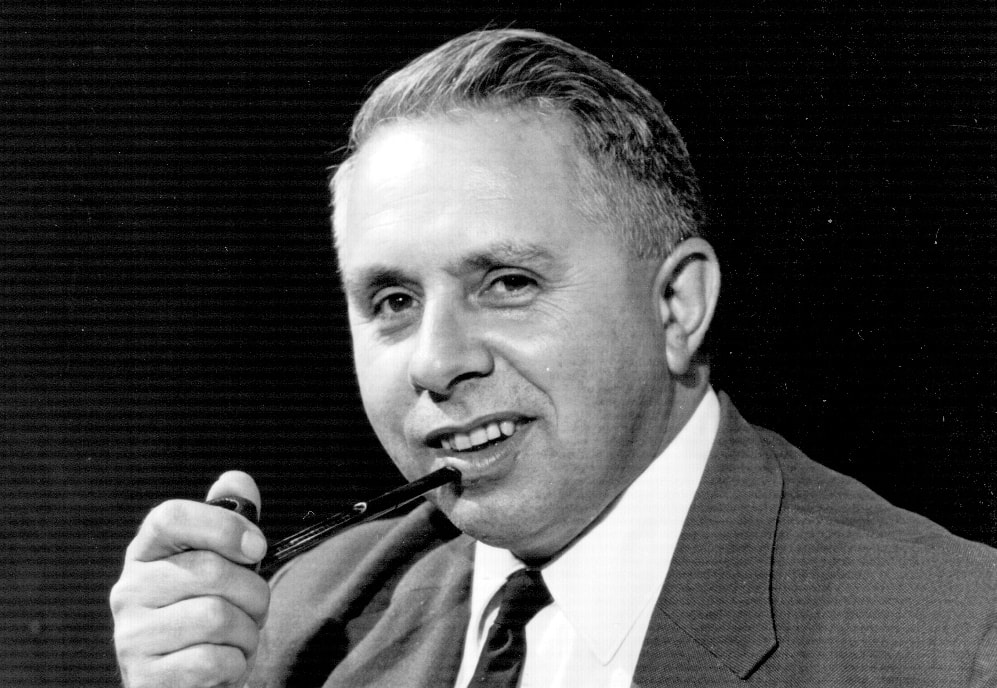
Hans Rookmaaker
July 4, 2016Constitutional Recognition, Treaty and Sovereignty
July 10, 2016This is an important book for anyone seeking to understand the history Western Australia’s systems of control of Aboriginal people for most of the 20th century.
Many are familiar with the name and work of the State’s third Chief Protector of Aborigines, A.O. Neville, as his work was defined by the implementation of the infamous 1905 Act and in doing so his work defined the Act. Nonetheless, people are less familiar with the role of one of Neville’s predecessors, Henry Prinsep.
Henry Prinsep was Western Australia’s first Chief Protector of Aborigines in the colonial government of Sir John Forrest, a period which saw the introduction of the 1905 Act which dominated the lives of Aboriginal people for most of the twentieth century. Prinsep was also an artist, a horse-trader, member of a prominent East India Company family, and a member of Western Australia’s social and cultural elite, whose identity was shaped by his colonial upbringing in India and England.
Earlier doubts by the British Colonial Office about relationships between the colonists and Aboriginal people and continuing questions regarding the WA colonial government’s ability to guarantee the protection and welfare of Aboriginal people led the British Colonial Office to retain responsibility for Aboriginal people on the grant of responsible government in 1890. After eight years of control from London, Premier Forrest succeeded in having this removed. In 1898 Forrest offered Prinsep (then Secretary of Mines) the new job of Chief Protector of Aborigines (this involved establishing the new Aborigines Department). He controlled a developing government bureaucracy during a controversial period of history; this is the role for which he is best known in the history of Western Australia.
Forrest (who history records as considering himself an ‘expert’ on Aboriginal affairs) retained ministerial responsibility at first, but had little time for the portfolio and wanted it quashed as a political problem. In Forrest’s view, government should have had a minimal role in the management of Aboriginal affairs. He thought the system should be designed to facilitate the absorption of Aboriginal people into employment in the pastoral industry, private domestic work and general labour; leaving the government responsible only for those who, for various reasons, could not be employed.
Prinsep disagreed with Forrest and the two men argued. Prinsep wanted much greater powers as Chief Protector and believed that Western Australia should follow the example of Queensland’s 1897 Aboriginal Protection and Restriction of the Sale of Opium Act and tighten government controls on Aboriginal people. During 1904 (after Forrest’s departure for a career in the first Australian Federal Parliament) the WA State government bowed to widespread public criticism of its management of Aboriginal affairs and ongoing pressure from the Colonial Office, and established a Royal Commission under Queensland Chief Protector Walter Roth. The subsequent Aborigines Act 1905 represented the high point of Prinsep’s career.
After twenty years in the role Prinsep retired in 1908, leaving his legacy to men such as C. F. Gale, who succeeded him as Chief Protector until 1915, and A. O. Neville, who controlled the administration of Aboriginal affairs in WA with a ruthless efficiency from 1915 until 1940. In Neville’s hands, the laws Prinsep had introduced became an oppressive system which affected virtually every Aboriginal family in Western Australia for generations. The WA Government eventually commenced dismantling the legal apparatus in the early 1970s; but its effects remain.
The long term effects of the Aborigines Act 1905 on Western Australian Aboriginal people, particularly its powers to forcibly remove children from their families, became increasingly controversial as the stories and legal testimony of those who been removed became better known. Campaigning by members of the Stolen Generation (as they later came to be known) led to a national inquiry by the Australian Human Rights Commission, and a subsequent long term campaign, culminated in a Government apology in February 2008, a century after Prinsep had retired as WA’s inaugural Chief Protector.
The importance of family and empire to Prinsep is critical in attempting to understand him. Prinsep and his family were closely involved in the Western Australian colonial enterprise, they also remained active members of the British imperial world. Prinsep kept in regular contact with his extensive network of family and friends in every part of the British imperial world.
This volume traces Henry Prinsep’s life from India to Western Australia and outlines how Prinsep laid the foundations for the administration of Aboriginal affairs that defined relationships between the State of WA and Aboriginal people for generations and still has a resonance more than a century later. The great irony of this volume is its careful balance of portraying the man as part of a family alongside his role as the architect of the legal framework for the removal of Aboriginal children from their families and communities.
Henry Prinsep’s Empire: framing a distant colony.
by Malcolm Allbrook
2014, ANU Press, Canberra.
NB This is available as a free download at: http://press.anu.edu.au/titles/henry-prinseps-empire/
Henry Prinsep in 1898 soon after taking up the position of Chief Protector of Aborigines in Western Australia, Prinsep enjoyed his social and cultural life much more than his work.




